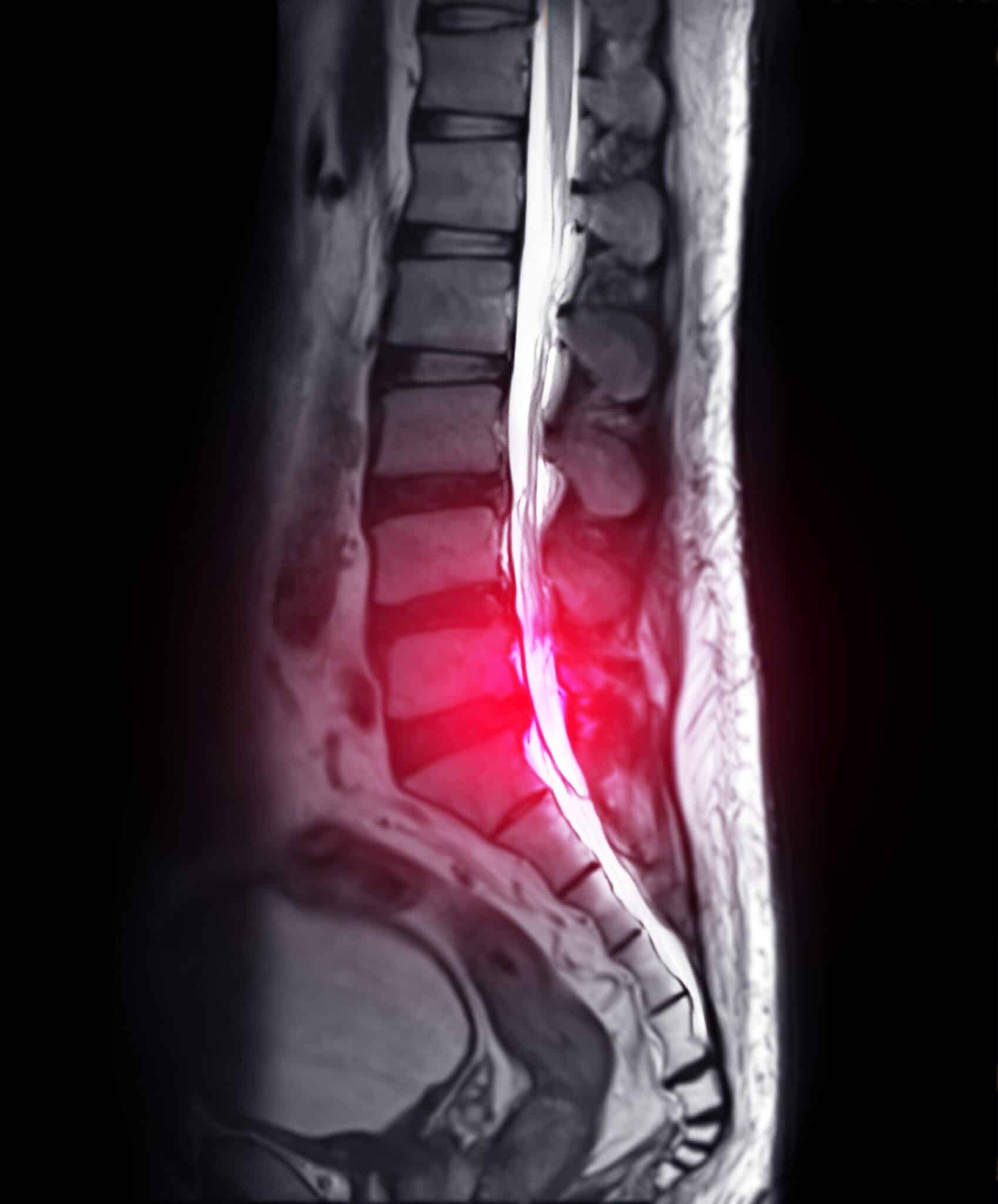If you’ve recently had an MRI scan of your spine, you may have come across the term “Modic changes.” These changes refer to specific patterns of abnormalities found in the bone marrow of your spine. While it might sound concerning, it’s important to understand what Modic changes really mean and how they can impact your spinal health.
What are Modic Changes?
Modic changes refer to specific patterns of abnormalities observed in the vertebral bone marrow of the spine. These changes are typically identified through magnetic resonance imaging (MRI) scans. They are named after the Danish radiologist Dr. Michael Modic, who first described them in the late 1980s.
Modic changes are categorized into three types: Type 1, Type 2, and Type 3. Each type represents different characteristics and implications for spinal health.
Type 1 Modic Changes
Type 1 changes are typically associated with active inflammation or infection. When you see Type 1 changes on an MRI scan, it means there’s increased signal intensity in the bone marrow, indicating an inflammatory response. These changes are often found in conditions like disc herniation or spinal infections. If you have Type 1 Modic changes, you may experience localized pain, tenderness, and stiffness in the affected area.
Type 2 Modic Changes
Type 2 changes are more common and represent a more chronic state. When you see Type 2 changes on an MRI scan, it means there’s decreased signal intensity, suggesting a fatty degeneration or replacement of the normal bone marrow. These changes are usually seen in patients with degenerative disc disease or wear and tear on the spine. If you have Type 2 Modic changes, you may experience chronic back pain, although it’s generally less severe than with Type 1 changes.
Type 3 Modic Changes
Type 3 changes are less common and represent a transition stage between Type 1 and Type 2 changes. They show characteristics of both inflammation and fatty degeneration on MRI scans. The significance of Type 3 changes is still being studied, and more research is needed to fully understand their implications.
What do Modic Changes Mean for You?
It’s important to note that the presence of Modic changes does not necessarily mean that treatment is required. The significance of these changes in relation to symptoms and overall spinal health is still a topic of ongoing research and debate among healthcare professionals. The treatment approach for patients with Modic changes depends on various factors, including the underlying cause of the changes, the presence and severity of symptoms, and individual patient characteristics.
